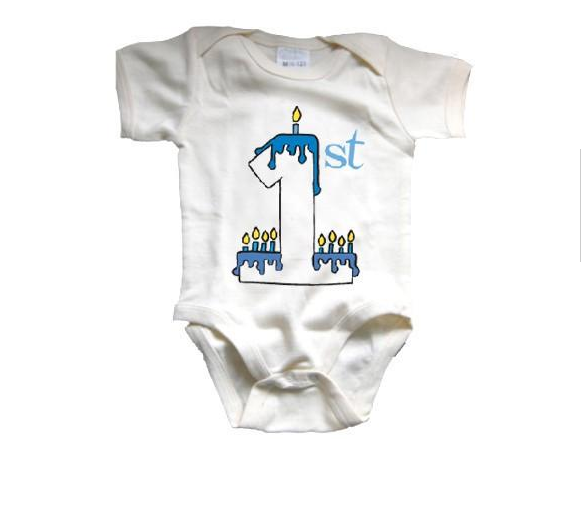The New York Times took a stab at analyzing the new PEW Research Center report about parenting in America which highlighted the growing opportunity and parenting gap when it comes to access to activities and how that impacts children’s likelihood for success.
Its piece titled “Class Differences in Child Rearing are On the Rise ” includes an interview with author and University of Pennsylvania sociologist Annette Lareau whose note-worthy research points out the not-so-good things about over-scheduled children from middle class and affluent homes with highly-educated parents.
“Higher-income children are more likely to declare boredom and expect their parents to solve their problems,” Lareau said, adding during a segment on Michael Smerconish‘s radio show on SiriusXM this morning that these children are entitled, demanding, whine a lot and essentially experience what Lareau called “learned helplessness.”
Working-class children are happier, more independent, whine less and are closer with family member, said Lareau, whose groundbreaking research on the topic was published in her book “Unequal Childhoods: Class, Race and Family Life.”
It reminded me what a monk at my children’s old Catholic school once shared with our parent teachers association meeting about the differences he experienced when working with richer children versus ones from working-class homes.
At recess, he said, the kids from low-income homes would run off and grab balls, play hopscotch, engage in a game of tag and independently divide up into groups to play. They’d only return at the end of recess.
He said in schools where the children were often over scheduled and regularly attend organized planned play dates, when they were told to go play, many stood around waiting for instructions on how the play time will be organized. They were used to being closely monitored and supervised.
My husband and I certainly can relate. Lareau describes our kids behaviors and attitude, at times, to a tee.
We often have to force our children to go outside the house and play, to go meet up with neighborhood friends to shoot some hoops at the local playground or to ride their bike and explore outdoors.
I remember growing up in a low-income neighborhood in Washington, DC hanging with friends and playing outdoors until the street lights came on, which was the universal sign that it was time to come in.
So it is true, “middle-class and higher-income parents see their children as projects in need of careful cultivation…and teach children to question authority figures and navigate elite institutions” which gives their children “the skills to navigate bureaucracies and succeed in schools and workplaces.”
However, there is something to be said about having street smarts, common sense and know-how of being resourceful, working with what you have and developing a sense of independence early in life.
In manufactured towns and communities where homes sit on 1/4 to 2 acre lots, neighbors are far from each other. Consequently, their children can’t easily just run over to their friends’ home down the street, or interact with other kids from across the river and thereby, pick up some much needed grit, which is beneficial as well for developing coping skills.
Integration is beneficial to children from both ends of the socioeconomic spectrum, it turns out.
“People used to live near people of different income levels; neighborhoods are now more segregated by income,” writer Claire Caine Miller wrote in her NYT article.
“Children were not always raised so differently,” noted Sean F. Reardon, a professor in of poverty and equality in education, also in that NYT piece.
Reardon’s research also indicates that the achievement gap between children from high- and low-income families is 30 percent to 40 percent larger among children born in 2001 than those born 25 years earlier.
That is a shame. It’s true all walks of life need each other more, now more than ever.
What are your thoughts?











